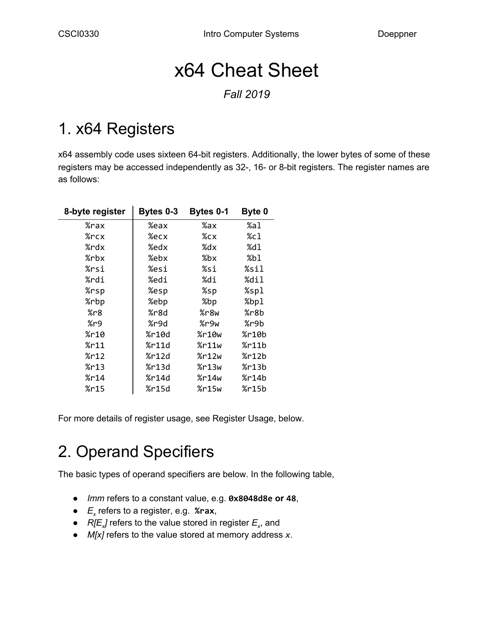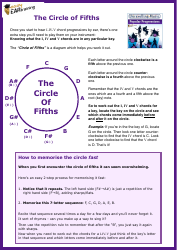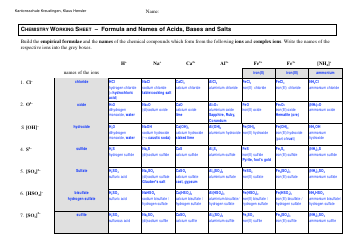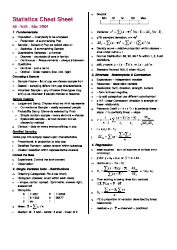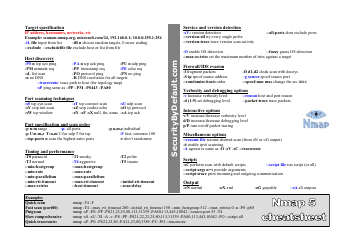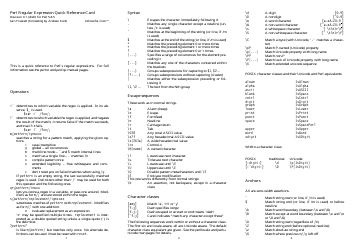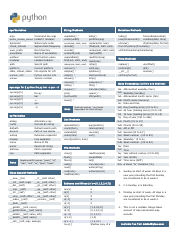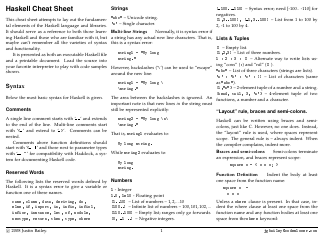X64 Cheat Sheet
The X64 Cheat Sheet is a reference guide that provides information and shortcuts for programming on a 64-bit x86 processor architecture. It helps programmers understand and use the instructions, registers, and memory addressing of the x64 architecture in their software development.
FAQ
Q: What is x64?
A: x64 refers to the 64-bit version of the x86 instruction set architecture used by most modern computer processors.
Q: What is the difference between x64 and x86?
A: The main difference is that x64 supports 64-bit memory addressing, allowing access to larger amounts of RAM and enabling the execution of 64-bit applications.
Q: Can I run x64 on a 32-bit operating system?
A: No, x64 requires a 64-bit operating system to run.
Q: What are the advantages of x64?
A: x64 allows for increased memory capacity and improved performance for certain applications that can take advantage of 64-bit processing.
Q: Can I run 32-bit software on x64?
A: Yes, x64 processors are backward compatible and can run both 32-bit and 64-bit software.
Q: Do I need to install a specific version of Windows to use x64?
A: Yes, you need to install the 64-bit version of the Windows operating system to take full advantage of x64 architecture.
Q: Is x64 the same as x86-64?
A: Yes, x64 and x86-64 refer to the same 64-bit instruction set architecture used by most modern processors.
Q: Is x64 the same as ARM?
A: No, x64 is an architecture used by desktop and server processors, while ARM is a different architecture commonly used in mobile devices and embedded systems.
